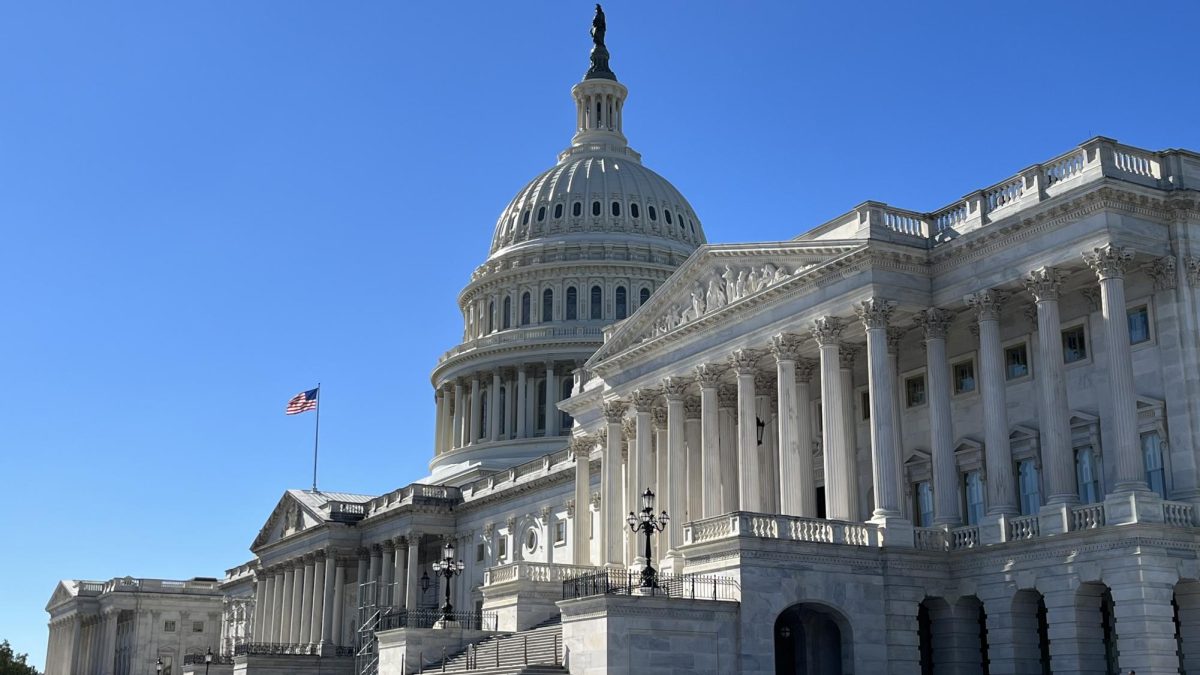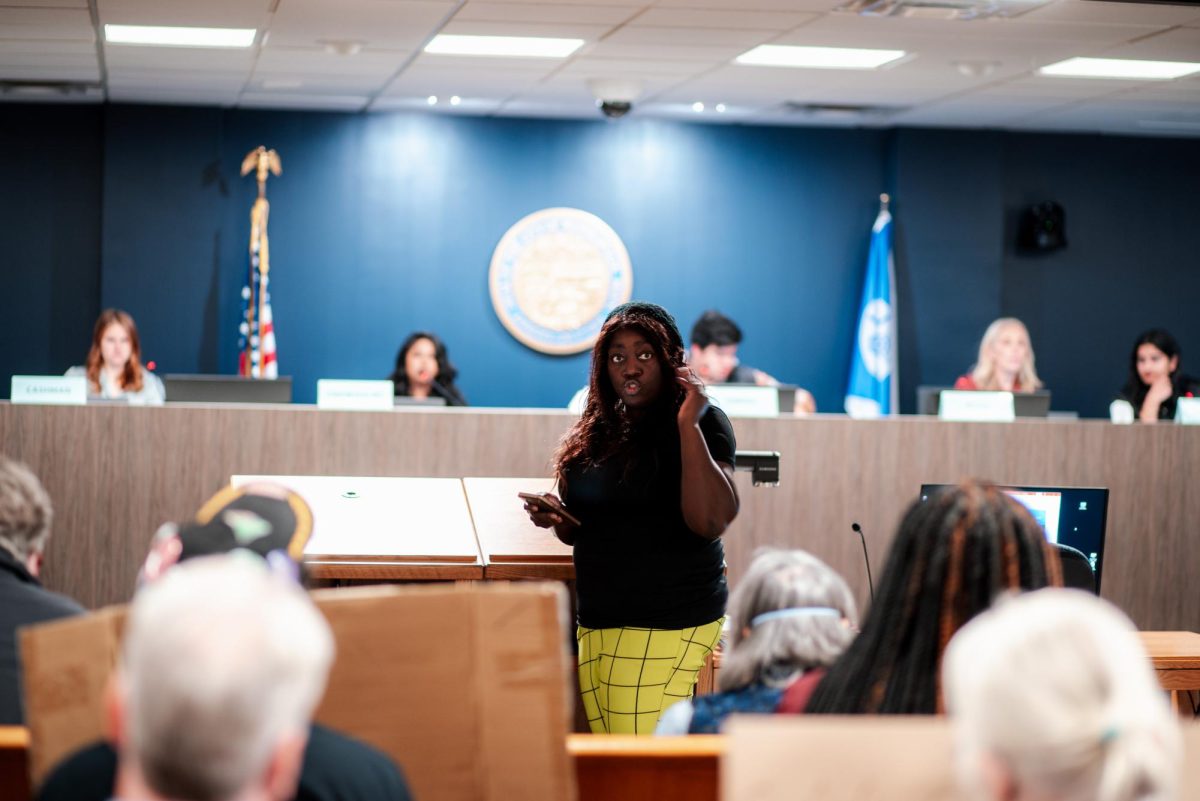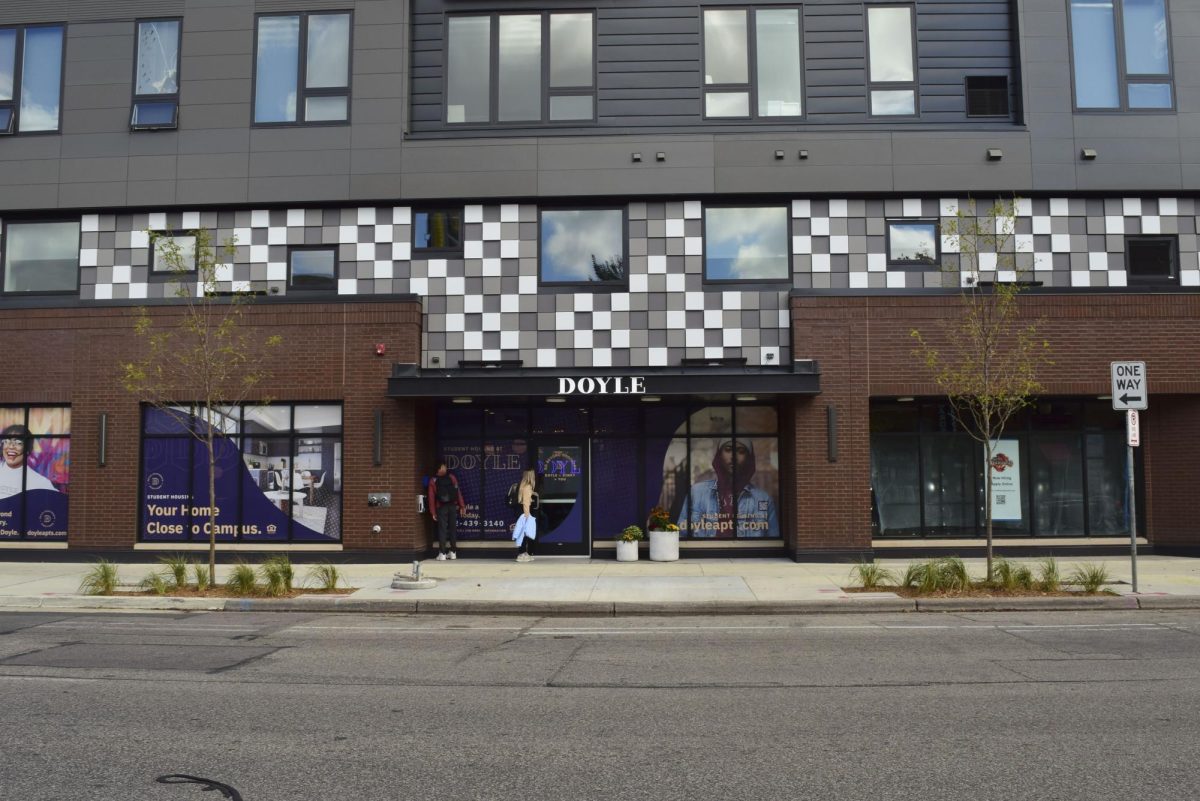While serious crime rates have gone down at the University of Minnesota over the last decade, crime increased slightly last year compared to 2014.
According to the University’s latest Annual Security and Fire Safety Report, there were 24 robberies in Minneapolis in 2015 and 14 the year before.
The report on crime statistics over the last three years for the University and surrounding area are provided in accordance with the Jeanne Clery Act.
“The Clery Act focuses on being aware,” said University Clery Compliance Coordinator Daniel Alberts. “If we can’t name a problem, we can’t fix it.”
When comparing the total number of burglaries between 2015 and 2014, though, the number stayed at 31 for both years.
“The seven-year average for burglaries is 23,” said Alberts. “In 2009 there were 74 burglaries.”
When relating the data between 2013 and 2015, some numbers fluctuate, Alberts said.
In 2013 there were 12 reports of aggravated assault, only three in 2014 and seven instances in 2015.
University of Minnesota Police Department Chief Matthew Clark said the department hasn’t seen a significant increase in crime on campus despite the numbers. He said the statistics can be impacted by property crime.
“When you look at violent crime at campus, it’s less than 1 percent,” he said. “It’s 4.5 percent in Minneapolis neighborhoods.”
Clark said it’s important to judge the level of crime compared to surrounding areas, and to look at individual incidents to determine how crime affects the community.
Only 0.3 percent of the violent crimes that happened in Minneapolis in 2015 occurred on the U campus.
University assistant professor of sociology Michelle Phelps said the data is based on how many people report crimes to law enforcement and doesn’t account for those who don’t report.
According to violent crime data from the Federal Bureau of Investigation, violent crimes reported last year increased slightly compared to 2014, but violent crime rates were still at a historic low compared to the last 10 to 20 years.
Last year, the reported violent crime total was 0.7 percent lower than in 2011 and 16.5 percent lower than 2006, according to the FBI data.
Campus Security
The University has invested more than $4 million in security on the Twin Cities campus since 2013 to improve building access measures, lighting, video surveillance and expand the student monitor program.
About 3,000 security cameras, 4,000 card readers and 60,000 alarms were added.
Additionally, the University’s Police Department was the first in the state to have all its officers complete crisis intervention training.
In the past ten years, the University experienced a 33 percent decline in serious crimes — such as robberies and assault — on campus.
Part 1 crimes — murder, non-negligent homicide, forcible rape, robbery, aggravated assault, burglary, motor vehicle theft, larceny-theft and arson — have steadily declined on campus since 1990 but rose slightly from 485 in 2013 to 546 in 2015.
Interim Vice President for University Services Mike Berthelsen said thefts make up a vast majority of these crimes on campus.
In 2015, 13 violent crimes occurred on campus: seven robberies, one aggravated assault and five rapes.
“I’d love to say that that number should be zero, but realistically it’s a fairly low number,” Clark said.
Berthelsen said the University started to integrate new security measures during construction and renovation of buildings in part because of a spike in criminal activity a few years ago.
“We said, ‘we’re going to ramp up some of our investment,’” Berthelsen said. “The criminal activity was primarily off-campus, but … we pay attention to security on campus and the impact of our students who are off campus.”
He said boosted security in Gopher Way tunnels and upgraded cameras are the next priorities for campus security.
Regents still had questions about safety, especially lighting on and around campus.
Berthelsen said the University’s Energy Management department coordinates with the Minneapolis Public Works Department to identify areas where lighting can be added or upgraded.








